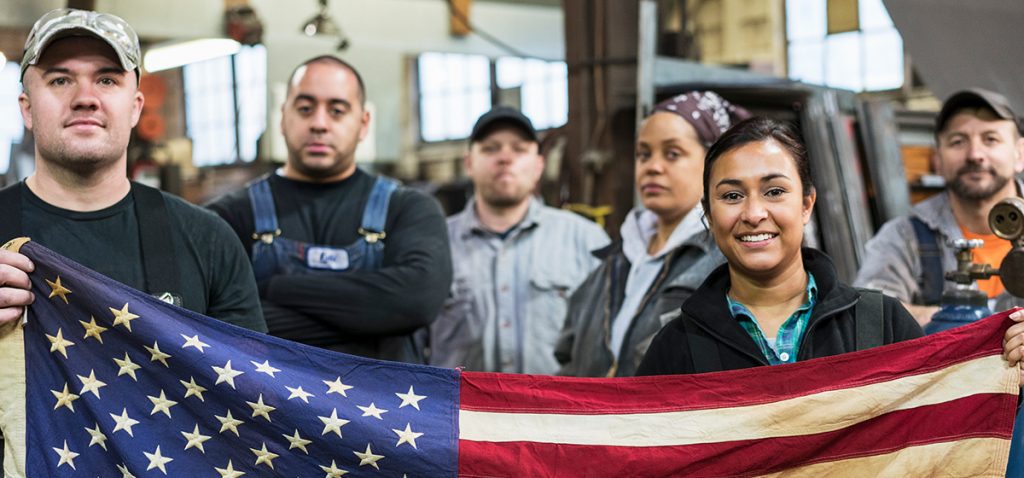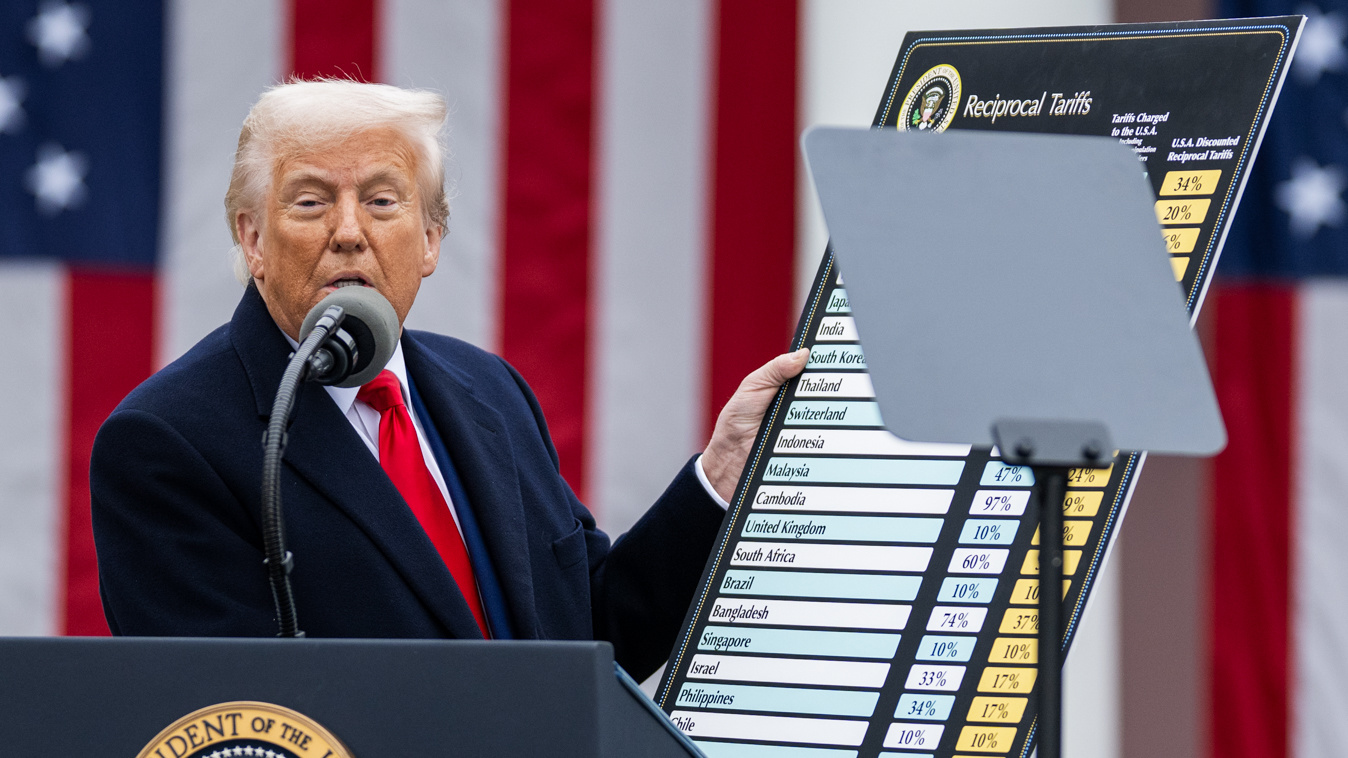An interesting thing is happening right now in America’s industrial heartland. Manufacturers are adding new workers at a brisk pace. And it’s happening right in front of the very pundits and free-trade economists who predicted economic catastrophe over the past year.
Simply put, President Donald Trump’s tariffs are working. U.S. manufacturing employment has now shown year-on-year growth of more than 250,000 employees for six consecutive months. That’s the largest and most sustained manufacturing job growth since 1998. In fact, the U.S. added 32,000 manufacturing jobs in October alone, for a total of 296,000 new factory jobs since October 2017. Overall, according to the Bureau of Labor Statistics, U.S. manufacturing employment now stands at nearly 12.8 million workers.
While that’s below the 17 million jobs of the early 1990s, 2.4 percent year-on-year growth for the past eight months undoubtedly is a big step forward — especially considering the more than 5 million manufacturing jobs lost between 2000 and 2010.
Particularly encouraging, according to a new analysis by our Coalition for a Prosperous America, is that this job growth is broad-based throughout the domestic manufacturing industry.
Even more impressive is that two large, metal-using sub-sectors — fabricated metal products and machinery manufacturing — have grown by more than 4 percent over the past year. Their job growth is even outpacing jobs added by the steel and aluminum makers that were the focus of President Trump’s most significant tariff actions. The success of these metal-using sectors demonstrates that mainstream economists and the media failed to understand how a modern economy works.
Critics of President Trump’s tariffs say price increases on tariffed goods hurt “downstream” companies in metal-using industries that have to buy raw steel and aluminum. However, these same industries are now thriving and hiring workers more rapidly than the metal industries themselves.
How can that be?
The answer is that price increases are getting passed down the supply chain. And at the end of the chain, consumers are buying the goods because their incomes are rising.
This illustrates a fundamental fact of the U.S. economy: Many markets are made up of just a few sellers, and they all tend to raise prices together. In a growing economy, consumers who are feeling confident about the future simply pay the price increases.
By cutting taxes and embarking on deregulation last year, the Trump administration gave a boost to the economy. This is helping consumer incomes rise. At the same time, the tariffs are stimulating domestic U.S. manufacturing. So all boats are rising.
Tariffs work to deliver a boost to the U.S. economy in two ways. First, they make foreign goods more expensive, which shifts demand to American-made products. And second, they give industry a sense of confidence in the future. Indeed, the industrial CEOs who buy steel and aluminum every day report that they feel better about today’s market than they have in years.
Of course, the current economic boom can’t run forever. And recent stock market jitters suggest investors are worried about a recession. Much will depend on the Fed’s management of interest rates. And the U.S. dollar remains overvalued, which makes imports cheaper and threatens to undo what the tariffs have accomplished.
Critics argue that an “America-first” strategy ignores the rest of the world. But last year, America imported $2.9 trillion worth of goods and services, more than any other nation in the world. By using intelligent trade policy to allow the economy to grow faster, the U.S. will import more, not less, over time. It’s exactly what happened in the 200 years prior to 1973, making the U.S. economy the world’s largest and its people the wealthiest.












